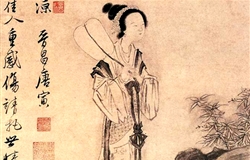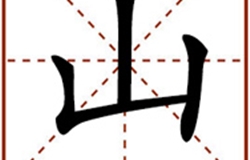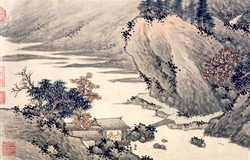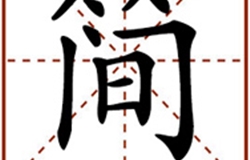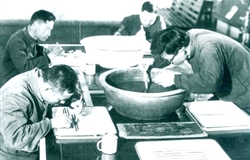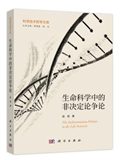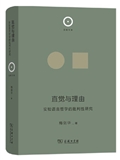Culture
-
Details from the painting “Lady with Fan in Autumn Breeze” by the Ming artist Tang Yin (1470–1524) Photo: FILE Ladies&rsqu…[详细]01-18-2019
-
Bird's eye view of the Forbidden City, the Palace Museum Photo: 699PIC The Forbidden City and its magnificent architecture lies at the cente…[详细]01-10-2019
-
Details from “Mountains and Streams without End” by the Ming artist Shen Zhou (1427—1509) Photo: FILE As a key form of anc…[详细]01-03-2019
-
When used as a noun, this character refers to wooden or bamboo slips, the material used for writing in ancient China before the widespread use of …[详细]12-27-2018
-
Inscribed Yinqueshan Han slips of The Art of War by Sun Tzu. Photo: VCG The Yinqueshan discovery was very significant for China’s stud…[详细]12-27-2018
-
The archaeologists are sorting and restoring the Yinqueshan Han slips. Photo: YINQUESHAN HAN TOMBS BAMBOO SLIPS MUSEUM The discovery of the …[详细]12-27-2018
- In 221 BCE, the Qin wars of conquest brought an end to the Warring States Period, a tumultuous era marked by…MORE
- The tradition of painting coffins is deeply rooted in Han culture, and the origin of the lian-bi patterns ca…MORE
- China’s Great Wall dates back as early as to the Spring and Autumn period.MORE
- The Miaodigou culture was viewed as the heyday of painted pottery.MORE
- Xu Zhimo was known for his efforts to set Chinese poetry free from the constraints of its traditional forms,…MORE
-
Let me state that I am against a certain “apologetic” stance taken by the entire field of the humanities r…[详细]


